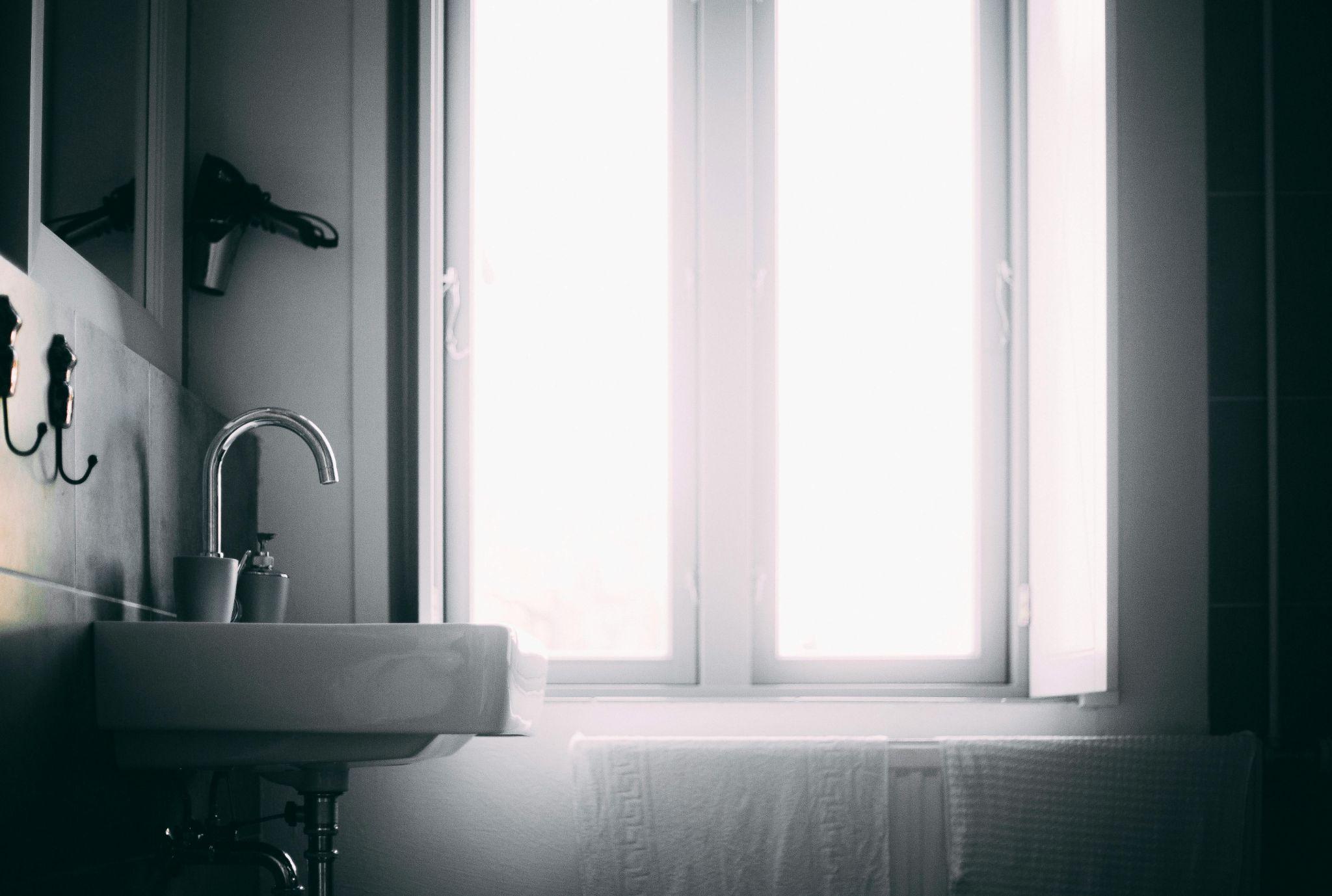The path to a successful bathroom renovation is fraught with potential pitfalls that can derail your project, inflate your budget, and diminish the joy of your newly revamped space.
From underestimating costs to choosing unsuitable materials, the obstacles are many, but with foresight and planning, they are entirely avoidable.
This article aims to shed light on some of the most common bathroom renovation mistakes, providing guidance to navigate around these pitfalls and ensure your project results in the bathroom of your dreams.
Lack of Clear Planning
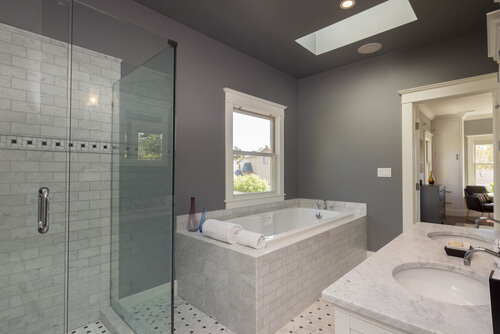 Clear planning is not just about having a vision of the finished project; it involves setting a realistic budget, outlining a precise timeline, and having definitive design goals.
Clear planning is not just about having a vision of the finished project; it involves setting a realistic budget, outlining a precise timeline, and having definitive design goals.
A comprehensive plan acts as your project’s blueprint, guiding each phase of the renovation and ensuring every decision aligns with your overall objectives. Without it, you’re navigating blind, likely leading to costly and time-consuming corrections down the line.
Underestimating Costs
 A common snare many homeowners fall into is underestimating the financial scope of their renovation project. It’s easy to account for the cost of new fixtures and tiles but far more challenging to anticipate unexpected expenses that almost invariably arise.
A common snare many homeowners fall into is underestimating the financial scope of their renovation project. It’s easy to account for the cost of new fixtures and tiles but far more challenging to anticipate unexpected expenses that almost invariably arise.
Whether it’s discovering hidden water damage, the need for plumbing updates, or simply the cost of labor for your bathroom remodeling project, these unforeseen expenses can quickly balloon your budget. To avoid this pitfall, it’s advisable to add a contingency fund of at least 20% to your initial budget for those just-in-case scenarios, ensuring you’re prepared for any eventuality.
Overlooking Bathroom Ventilation
The importance of proper ventilation in a bathroom cannot be overstated. This small but crucial detail is often overlooked, leading to issues with mold and mildew that can compromise both the health of your home and that of its inhabitants.
A bathroom without adequate ventilation is a breeding ground for moisture and the problems that come with it. Incorporating a high-quality exhaust fan or ensuring your renovation plan includes a ventilation solution is critical to maintaining air quality and preserving the integrity of your bathroom over time.
Ignoring the Importance of Waterproofing
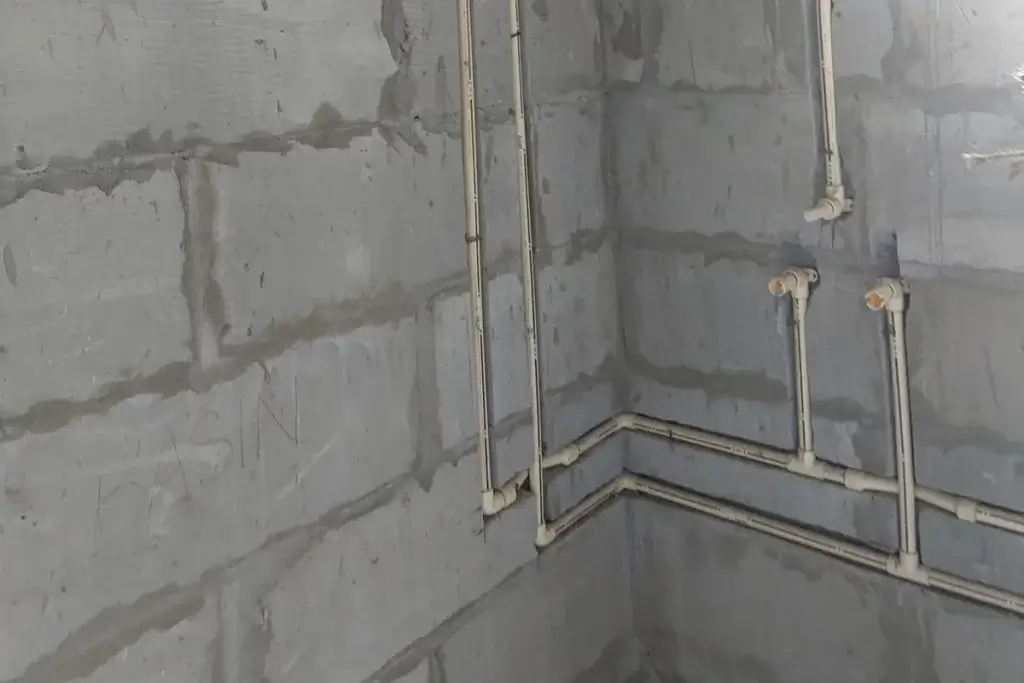 Water is the bathroom’s best friend and worst enemy. While necessary for the room’s function, if not properly managed, it can lead to significant damage.
Water is the bathroom’s best friend and worst enemy. While necessary for the room’s function, if not properly managed, it can lead to significant damage.
Waterproofing is your foremost defense against water damage, yet it’s astonishing how often this step is inadequately addressed or skipped altogether. Special attention should be given to areas most susceptible to water exposure, such as shower enclosures and around bathtubs.
Neglecting this crucial aspect can lead to costly repairs down the road, turning your dream bathroom into a financial nightmare.
Choosing the Wrong Materials
Selecting materials that are not suited to the humid and wet conditions of a bathroom is a mistake that can affect both the aesthetics and longevity of your renovation. Materials like hardwood flooring or certain types of metal fixtures may look appealing but can suffer from water damage over time.
Opting for moisture-resistant options such as porcelain tiles for floors and walls, stainless steel fixtures, and quartz countertops ensures your bathroom remains beautiful and functional in the long run.
Neglecting Storage Needs
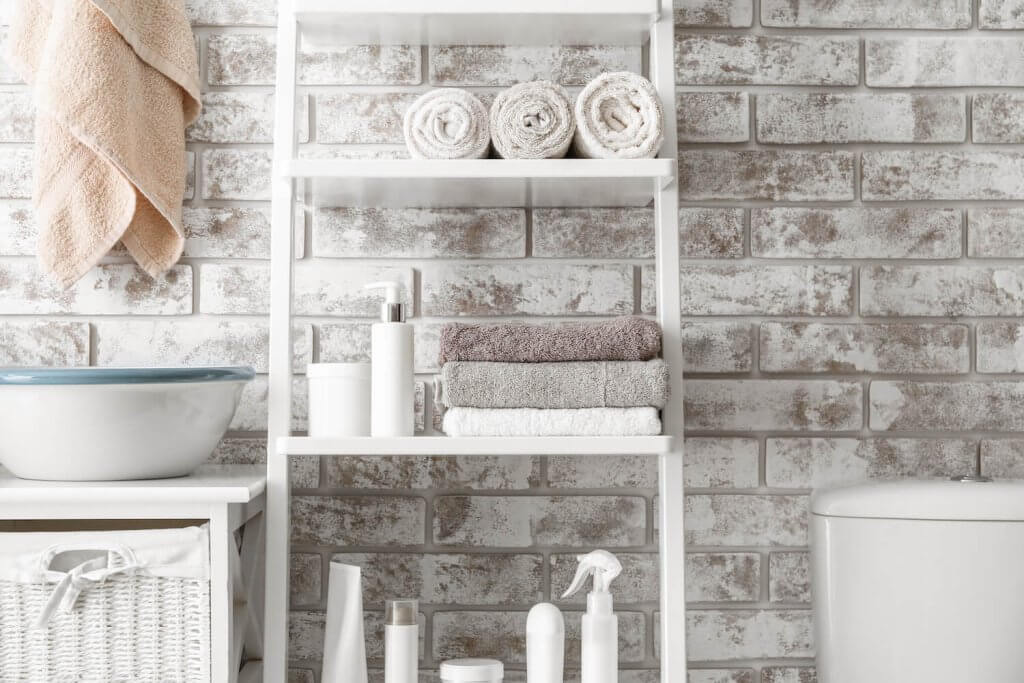 A beautiful bathroom loses its appeal if it’s cluttered and disorganized. Adequate storage solutions are key to maintaining the functionality of your space, yet many renovation plans fall short in this area.
A beautiful bathroom loses its appeal if it’s cluttered and disorganized. Adequate storage solutions are key to maintaining the functionality of your space, yet many renovation plans fall short in this area.
Integrating sufficient storage into your design, from medicine cabinets to vanity storage, helps keep countertops clear and essentials neatly tucked away. Thoughtful consideration of how you use the space and what needs to be stored will lead to a more organized and enjoyable bathroom.
Poor Lighting Design
Lighting in a bathroom serves both functional and aesthetic purposes. Many renovations fall short by not incorporating a layered lighting approach, which includes task lighting for areas like the vanity, ambient lighting for overall illumination, and accent lighting to highlight design features.
The mistake of relying solely on overhead lighting can lead to shadows and insufficient illumination for grooming tasks. Integrating a variety of light sources, with dimmer switches for adjustable brightness, can create a versatile and inviting atmosphere that complements the bathroom’s design.
Overlooking Small Details
It’s often the smallest details that tie a room together, and the bathroom is no exception. Details such as the style and finish of hardware, the choice of grout color, or the sealant used around fixtures might seem insignificant but have a substantial impact on the overall look and longevity of the renovation.
Skimping on these elements or choosing them as an afterthought can result in a finished project that feels incomplete or lacks cohesion. Prioritizing these finishing touches ensures a polished look that reflects the thoughtfulness and care put into the renovation.
Following Trends Blindly
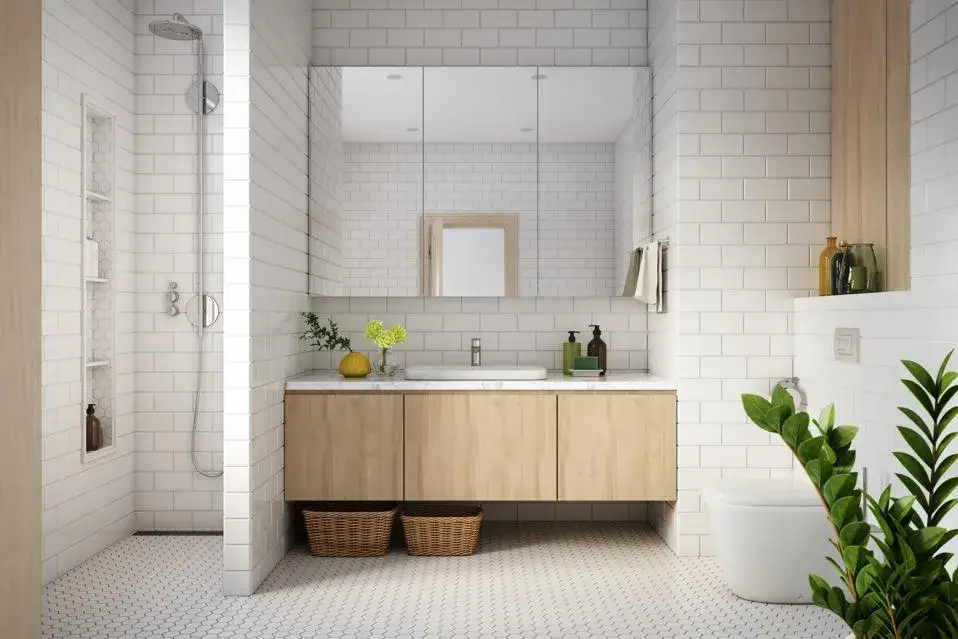 While staying current with design trends can inspire and inform your bathroom renovation, adhering too strictly to what’s fashionable can lead to a space that feels dated as trends evolve.
While staying current with design trends can inspire and inform your bathroom renovation, adhering too strictly to what’s fashionable can lead to a space that feels dated as trends evolve.
The key is to balance trendy elements with timeless design principles, ensuring the bathroom’s style endures long after specific trends have passed. Incorporate trends through easily updated accessories or in features that can be changed without significant expense or effort, allowing the bathroom’s design to evolve over time.
Inadequate Space Planning
A common pitfall in bathroom renovations is failing to adequately plan for the functional use of space. This can result in a cramped layout, awkward spacing between fixtures, or insufficient clearance for doors and drawers.
Effective space planning considers the user’s needs and movements within the space, ensuring there is ample room for comfortable use and accessibility.
Ignoring Local Building Codes and Regulations
Each municipality has specific building codes and regulations that govern renovations, including those for bathrooms. Ignoring these requirements can result in fines, delays, and the need to redo work to achieve compliance.
Before beginning a renovation, it’s crucial to research and understand the local codes that apply to your project, obtaining the necessary permits and inspections to ensure your renovated bathroom meets all legal and safety standards.
Renovating with Foresight
Successfully renovating a bathroom requires a comprehensive approach that goes beyond selecting fixtures and paint colors. It involves careful planning, attention to detail, and an awareness of common pitfalls that can derail the project. By considering these aspects, you can avoid common mistakes that compromise the functionality, aesthetics, and compliance of your renovation.
Ultimately, a well-executed bathroom renovation not only enhances your home’s value but also creates a space that meets your needs, reflects your style, and withstands the test of time. The goal is to achieve a balance between form and function, ensuring that your renovated bathroom is as practical as it is beautiful.

